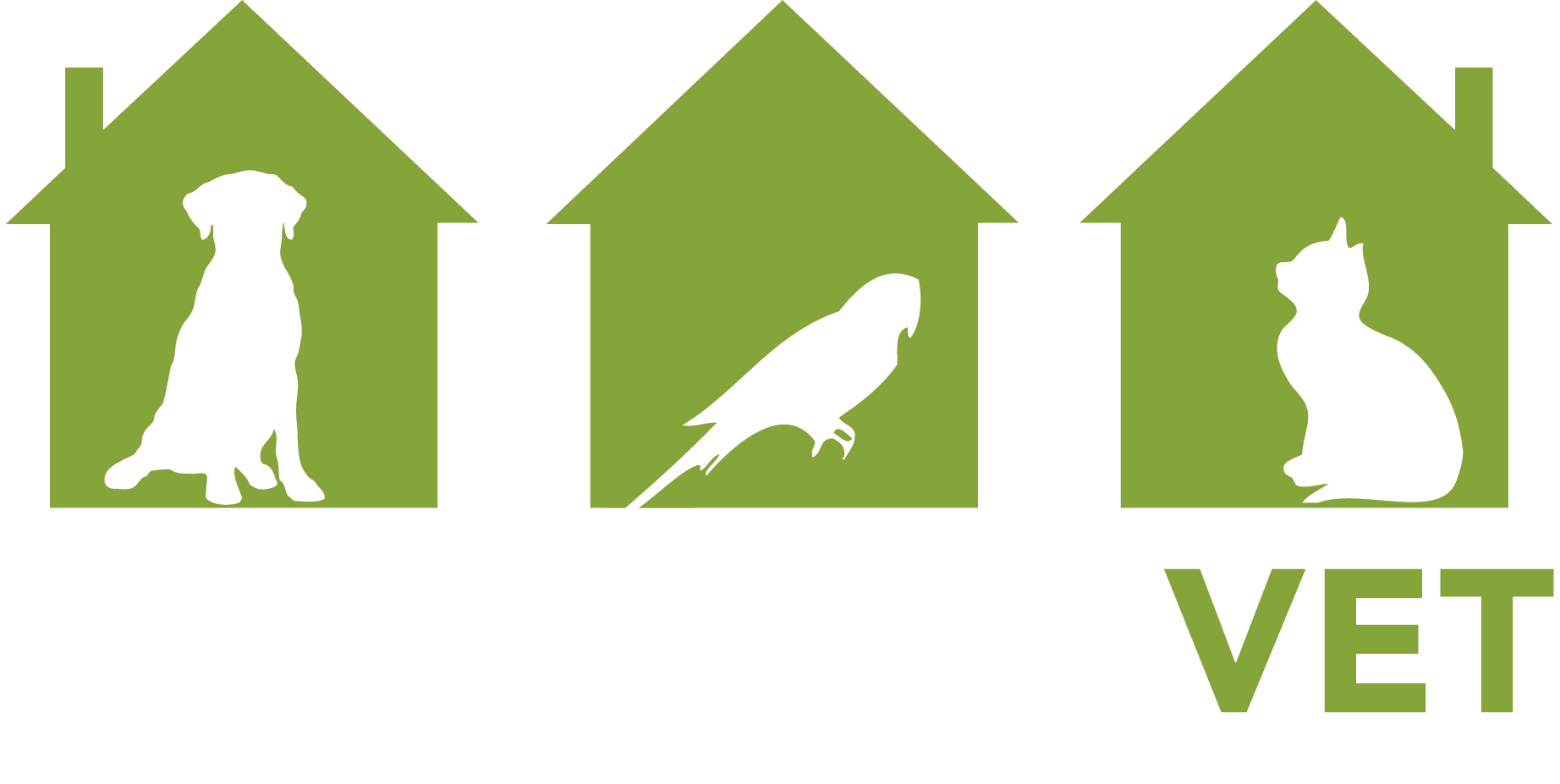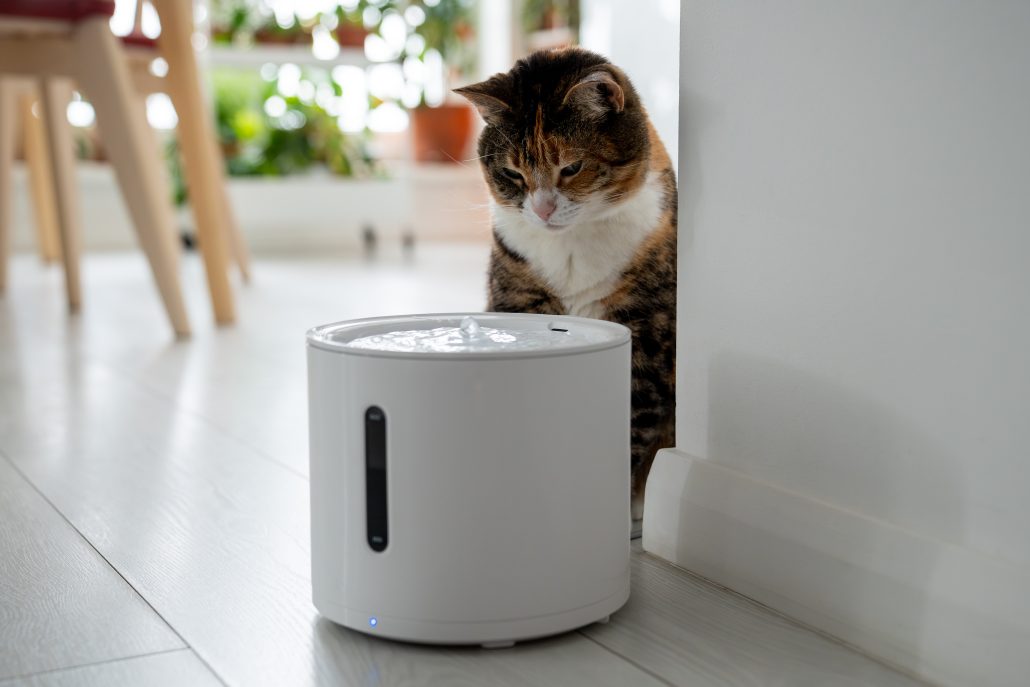
We all know that most cats love a good bowl of milk. But, while it is a tasty treat, it isn’t the best choice for keeping our feline friends hydrated. Water makes up to 60-70% of a cat’s body which is why proper hydration is crucial for their overall health and well-being.
In this post, we go over the importance of hydration for cats. From exploring the factors that can influence their water intake to the signs of dehydration, we provide practical tips to ensure your beloved kitty stays hydrated.
The Importance Of Feline Hydration
Water is a crucial component for all living things. When it comes to our feline companions, proper hydration is especially essential for their well-being and longevity. Here are some key reasons why hydration is crucial for your feline friend:
- Transporting Nutrients and Oxygen: Water acts as a medium for transporting essential nutrients and oxygen throughout your cat’s body. Without proper hydration, these vital processes can be compromised, impacting your cat’s overall health.
- Getting Rid of Waste: One of the key functions of water is to help their kidneys filter out waste and toxins from the body. Proper hydration ensures that your cat’s kidneys can effectively eliminate waste products, reducing the risk of kidney diseases.
- Digestion: Water plays a vital role in the digestion process, especially for cats that consume dry food. Proper hydration is necessary to help break down food properly and aid in the absorption of nutrients. Without enough water, cats may experience digestive issues and discomfort.
- Maintaining Skin and Coat Health: Good hydration is essential for keeping your cat’s skin and fur in top condition. Dehydration can lead to dry skin and even a lackluster coat, while proper hydration helps maintain skin elasticity and coat shine.
- Regulating Body Temperature: Water helps regulate your cat’s body temperature, ensuring they stay cool and comfortable, especially during hot weather or periods of physical activity. Proper hydration is crucial for preventing overheating.
- Maintaining Urinary Function: Water intake is essential for maintaining urinary function and reducing the risk of Lower Urinary Tract Disease (LUTD) in cats. Proper hydration helps prevent the formation of urinary crystals and promotes healthy urine production.
Read More: Reasons to Bring Your Cat to the Vet
Why Do Some Cats Not Drink Enough?
Many domestic cats don’t drink enough water, and there’s an interesting reason behind it! Their ancestors, who evolved from desert dwellers, adapted to getting their hydration primarily from the food they ate. This means that even today, cats are naturally inclined to drink less water than they actually need.
- Preference for Moisture-Rich Food: Cats have a natural preference for moisture-rich food, such as wet cat food, which helps meet some of their hydration needs. Dry kibble, on the other hand, provides little moisture, further reducing their incentive to drink water.
- Limited Thirst Drive: Compared to other animals, cats have a relatively weak thirst drive. This means they may not feel as compelled to drink water, even when they should.
- Environmental Factors: Environmental factors, such as the type of water bowl or its location, can influence a cat’s drinking habits. Some cats may prefer running water or shallow bowls, while others may be deterred by the presence of other pets or noise near the water source.
- Health Issues: Certain health conditions, such as kidney disease or urinary tract issues, can affect a cat’s thirst and hydration levels. Cats with medical issues may drink less water as a result of their condition.
Understanding why some cats drink less water can help you encourage better hydration habits in your furry friend!
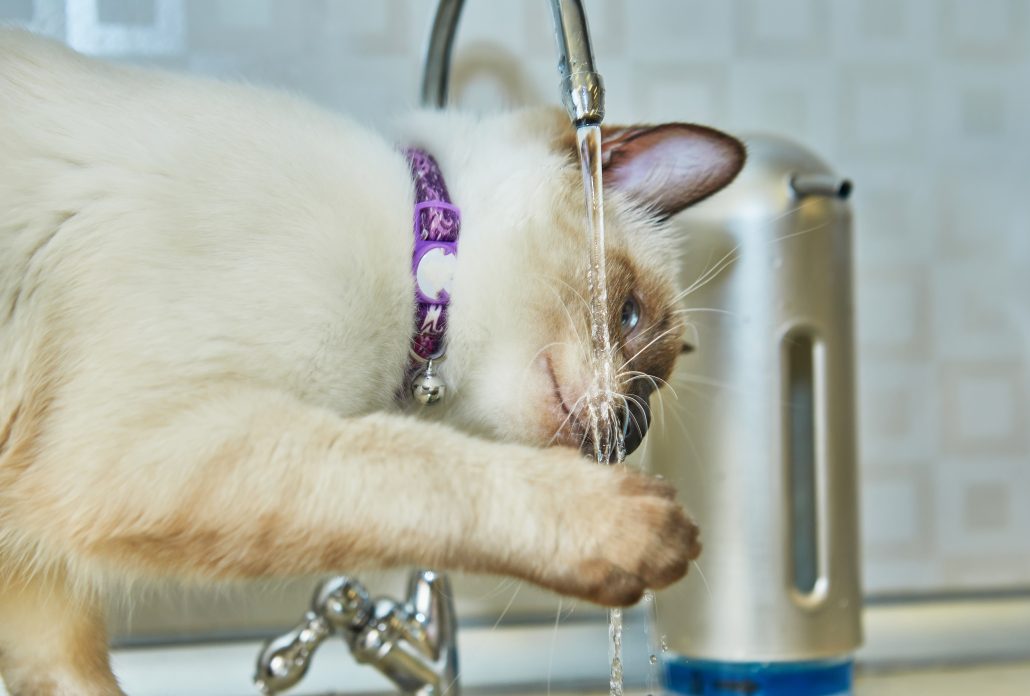
Signs Of Dehydration In Cats
Cats are masters at hiding their pain and discomfort, which can make it a challenge for owners to recognise when they’re not feeling their best. However, it’s crucial to be vigilant and watch for subtle signs of dehydration in your feline companion. Here are some telltale signs to watch for:
- Sunken Eyes: Healthy cats typically have bright, clear eyes. So, if you notice that the tissues around their eyes appear sunken and their eyeballs seem to be recessed into their sockets, it could be a sign of dehydration.
- Pale, Dry, or Sticky Gums: Gently lift your cat’s lip and press your finger against their gums. Healthy gums should be moist and pink. If you find that their gums are dry, pale, or sticky instead, it may indicate dehydration.
- Loss of Skin Elasticity: Test your cat’s skin elasticity by lightly pinching the skin at the scruff of their neck. In a well-hydrated cat, the skin will quickly snap back into place. However, dehydrated cats will have slower skin recoil, and the pinched area may stay raised for a few moments.
- Reduced Urination: Pay attention to your cat’s litter box habits. If you notice a significant decrease in urine output or if your cat is urinating less frequently than usual, it could be a sign of dehydration.
Recognising these subtle signs of dehydration can help you take prompt action to rehydrate your cat and prevent potential health complications. If you suspect that your cat is dehydrated, consult your veterinarian for proper evaluation and treatment.
Read More: Staying Calm in a Pet Emergency
Common Causes Of A Change In Hydration
Cats can be picky creatures and a number of changes can affect their water and moisture intake.
Diet
The type of food your cat consumes can impact their water intake. Cats on a dry kibble diet tend to drink more water than those on a wet food diet. Wet cat food typically contains 70-80% moisture, where dry kibble contains only about 10%. Thins is why cats who eat dry food need to drink more water to compensate for the lack of moisture in their diet.
Temperature and Weather
Cats may drink more water in hot weather to regulate their body temperature and stay cool. It’s essential to provide access to fresh, clean water, especially during warmer months, to prevent dehydration.
Bowl Type and Location
The type and location of your cat’s water bowl can impact their drinking habits. Some cats prefer shallow, wide bowls, while others may prefer deeper ones. Additionally, keep the water bowl away from their litter box and food dishes, as cats often prefer these areas to be separate.
Water Quality
Many cats are sensitive to the taste and odour of water. They naturally seek out clean water sources and may be reluctant to drink tap water if it has a strong smell or taste of chlorine or minerals. To ensure they are drinking enough water, try providing filtered or bottled water can encourage your cat to drink more.
Stress and Anxiety
Stress and anxiety can lead to changes in a cat’s behaviour, including their water intake. Changes in the environment or routine can cause stress for cats, leading to decreased water consumption. It’s essential to monitor your cat’s water consumption during times of stress and try to reduce stressors where possible to ensure they stay properly hydrated.
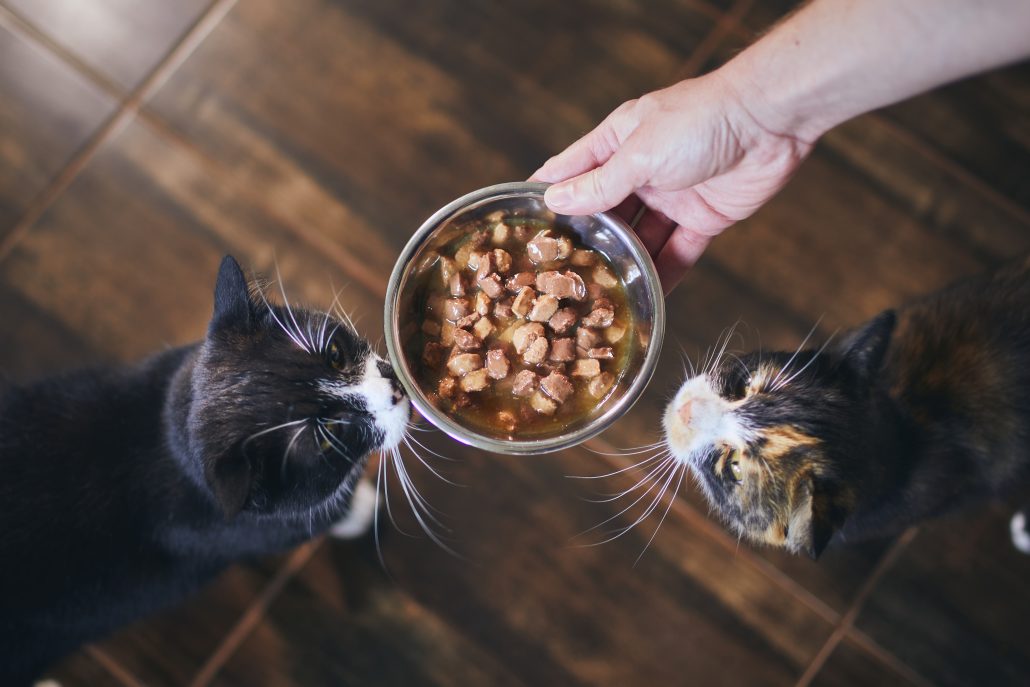
Tips To Encourage Cat Hydration
Getting our companions to drink enough water can be tricky. The amount of water your cat needs to drink varies depending on her size, activity level, health, and diet, but ranges from 150 to 1300 ml per day. If you have trouble trying to get your cat to drink water, there are a few ways to encourage them:
- Cat Water Fountain: Have you ever noticed your cat drinking from a dripping tap? Cats are naturally drawn to flowing water, so investing in a cat water fountain can mimic the flow of a fresh stream, making the water more appealing. Some water fountains even include filters to ensure the water stays clean and fresh, further enticing your cat to drink.
- Raw & Wet Cat Food: If your cat primarily eats dry kibble, consider incorporating wet cat food into their diet. Raw diets or canned cat food have a significantly higher moisture content, helping your cat meet their hydration needs through food consumption. This can be an effective way to increase your cat’s moisture intake if they do not drink enough water.
- Multiple Water Stations: Another great way to encourage hydration is to place multiple water bowls or fountains throughout your home. This ensures that they always has access to water, no matter where they are. Cats can be particular about their water source, so offering options encourages them to drink more frequently throughout the day.
- Change Your Cat’s Water Daily: Ensure that you change your cat’s water daily to keep it fresh and appealing. Cats prefer fresh, clean water, so regularly refreshing their water bowl can encourage them to drink more – you can even consider adding a bone broth or goat’s milk to give additional flavouring.
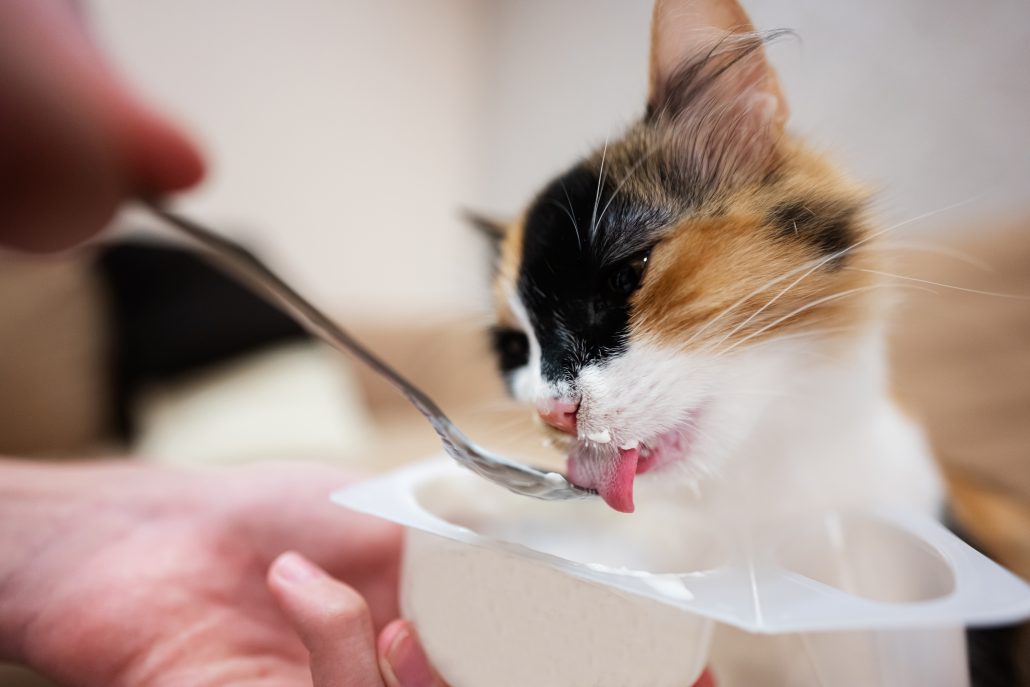
Moisture Matters! The Purr-fect Path to Hydration
From supporting vital bodily functions to maintaining healthy skin and coat, the benefits of hydration for cats are undeniable. By understanding the importance of hydration and implementing strategies to encourage water intake, you can help your feline friend lead a vibrant and thriving life.
Remember, hydration is not just about providing access to water; it’s about making hydration enticing and accessible for your cat. Whether it’s investing in a cat water fountain, incorporating wet food into their diet, or offering multiple water stations throughout your home, there are plenty of ways to encourage your cat to drink more water.
At The House Call Vet, we understand the importance of keeping your furry friend hydrated. Our team of experienced veterinarians is here to provide personalised care and guidance to ensure that your cat receives attention they deserves. Schedule a check-up with us today to discuss your cat’s hydration needs and learn more about how we can help!
Together, let’s keep your cat happy, healthy, and hydrated for years to come!

